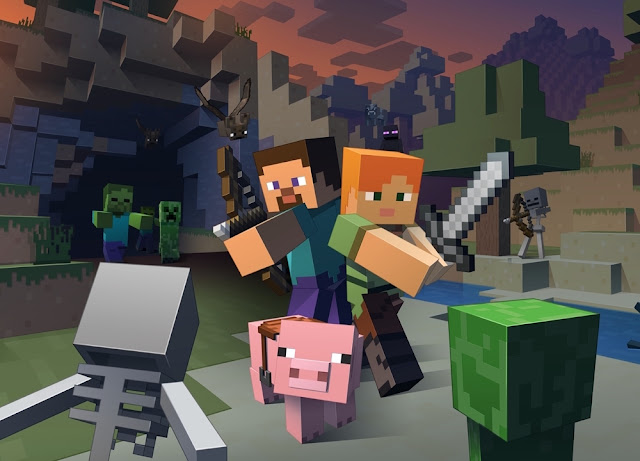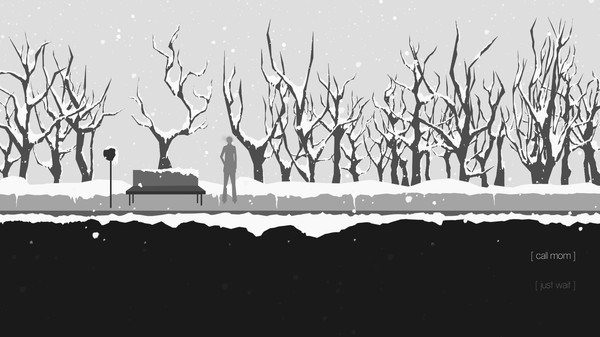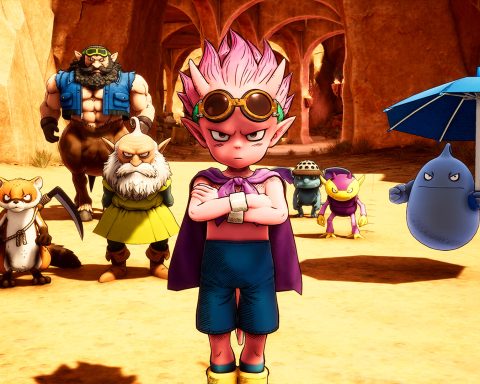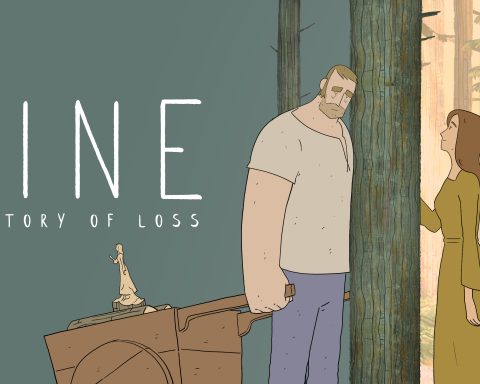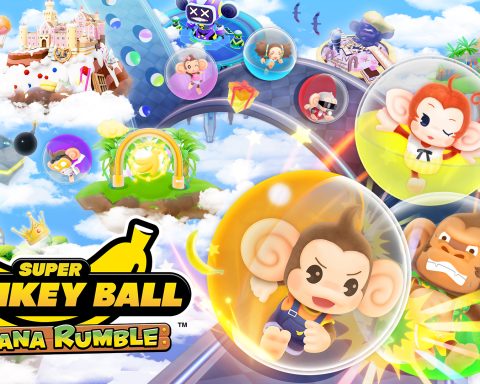Opinion by Matt S.
One of the things that I have always found quite odd – and very limited – in the way that we talk about games is our understanding of what constitutes “good graphics.” Critics and the community alike do this; a game that has an intense level of detail in its art is considered to have “good graphics.” Meanwhile, minimalist or simple art styles inevitably attract criticism for their graphics.
From Minecraft to games that use sprites, and on to minimalist indie games, what we see over and over again are comments that argue that the game is good despite its graphics. Over and over again Minecraft is called “ugly” and for minimalist games “simplicity” is used in a pejorative sense.
This is, frankly, a very poor understanding of art and aesthetics, and the conversation needs to shift as we start taking games more seriously as works of art. The reason Minecraft is so successful is because it is visually appealing. A minimalist game like The Unfinished Swan is simple, but that’s a good thing; it’s beautiful in that simplicity, and uses the minimalism with great purpose and effect.
By contrast, photorealistic games, such as the Uncharted titles, are certainly beautiful, detailed in their aesthetics, but they are also about as intellectually deep as that stunning picture of a river in a forest that you have hanging up above your toilet. A game’s art can be used to enhance its thematic depth, and photorealistic art is often remarkably bad at nuance. Or to put that another way: money buys detail. It doesn’t buy art.
To read on, please log in with your DDNet Premium account:

